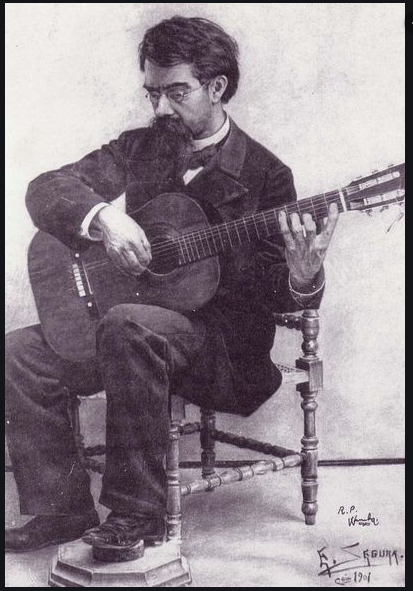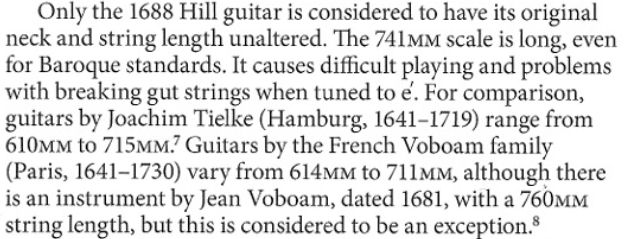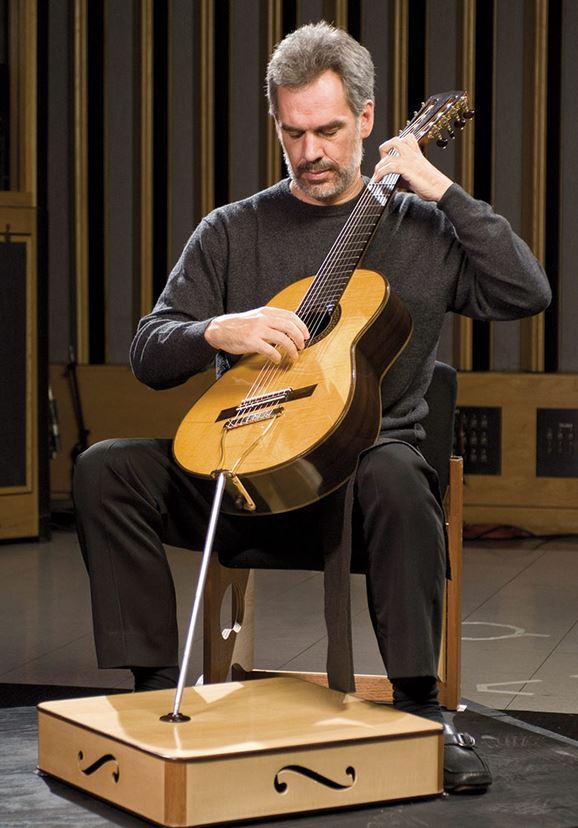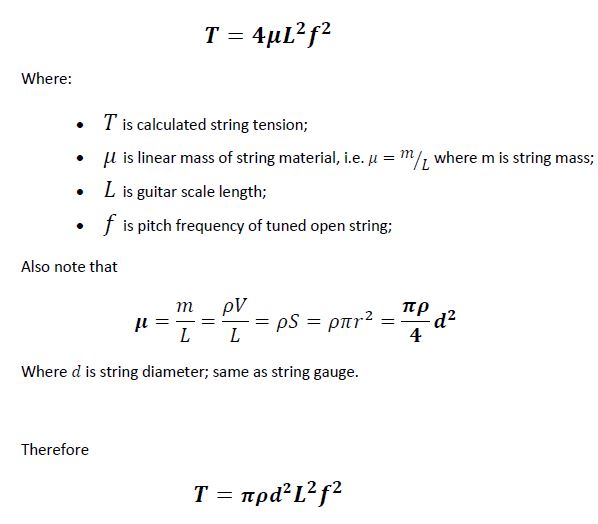|
kitarist -> RE: Classical/flamenco guitar scale length reform (Dec. 15 2021 19:35:09)
|
quote:
It gets stiffer with less string length right?
So I already commented that your suggested explanation for this was wrong, but what is actually going on then?
I guess how the string feels when we push it transversely to its length is a bit more complicated than simply what its tension is along its length.
Let's assume that we are used to whatever amount we push a given string transversely (displacing it from its resting tensioned position) before releasing it to get a good tone, and we are trying to do the same string displacement on guitars of two different scales; everything else is the same - same string material, diameter, and same pitch (and other things, also the same simplifications).
On the one hand, as already discussed, the tension of the same string at the same pitch for the shorter-scale guitar would be smaller, since it varies as the square of the guitar scale L.
On the other hand, a real strings is not perfectly flexible, i.e. it has some stiffness which resists our bending it transversely to its length. Maybe we can characterize that roughly by borrowing the engineers' concept of bending modulus: https://en.wikipedia.org/wiki/Flexural_modulus
So the bending modulus varies as the cube of the length scale, or, if we rearrange it, the force for a given displacement varies as the inverse of the cube of the length scale (1/L)^3, i.e. it gets larger very fast as L gets smaller.
When we displace a string a certain amount, we use a force which is balanced at equilibrium by the sum of the component due to string tension and the component due to bending stiffness.
So, on the shorter-scale guitar, while the force component due to string tension gets smaller as the square of L, the component due to bending stiffness gets larger faster as the cube of 1/L. Maybe that's why the shorter scale guitar can feel like it needs more force to do the same stroke despite smaller string tension T.
But then the two components are not supposed to be the same order of magnitude, and also the typical scale difference is very small, so I am not sure this is what explains it.
|
|
|
|




